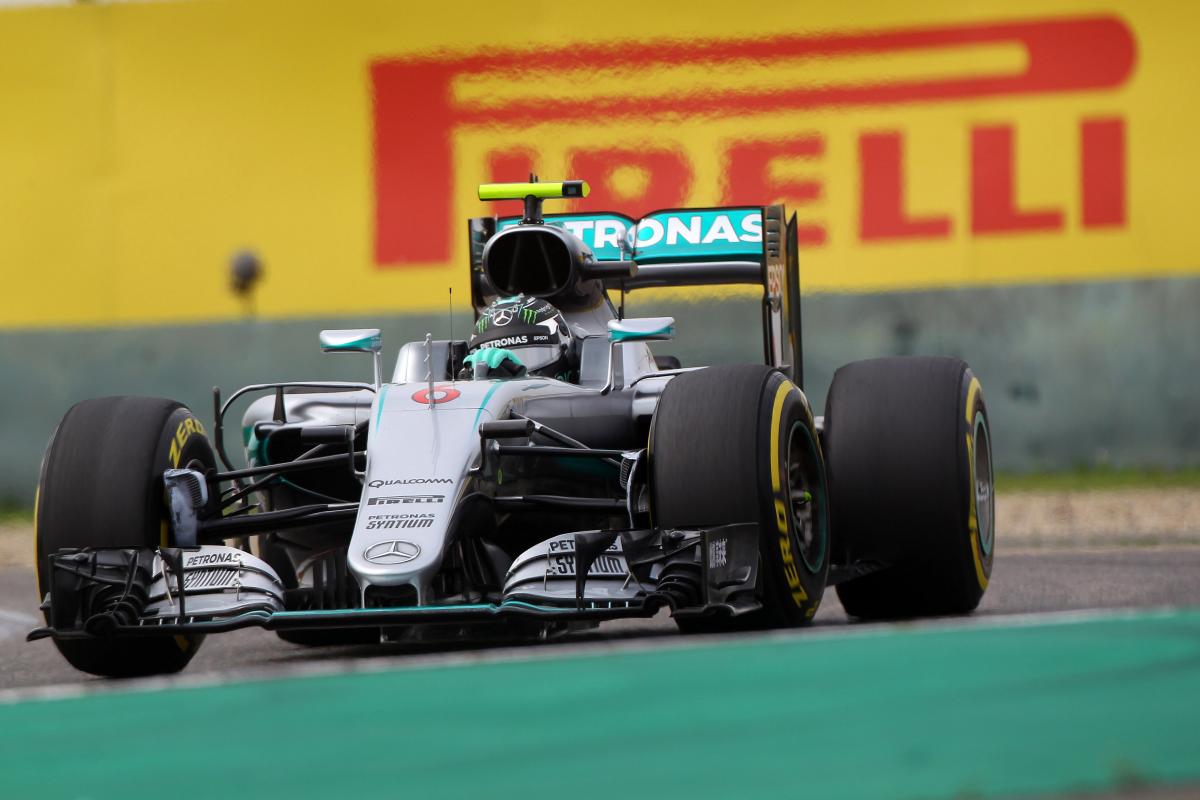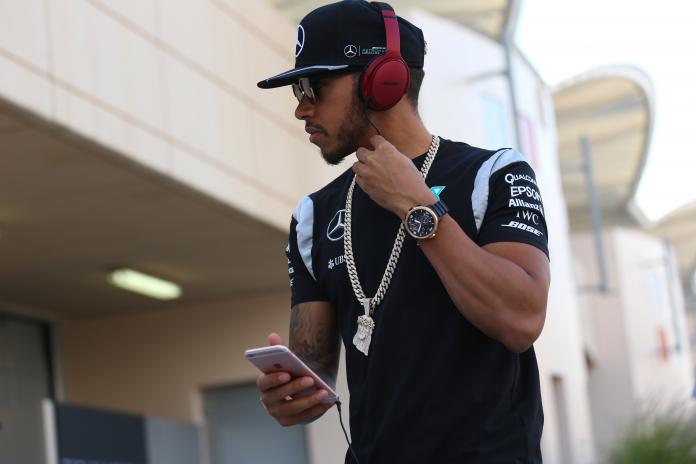Symonds enjoying three-tyre challenge

Williams chief technical officer Pat Symonds says he is enjoying the added dimension of juggling three different types of tyre in this year's F1 world championship, even if Felipe Massa blasted the team for getting its strategy wrong in Bahrain last weekend.
The Brazilian believes that missed calls on the pit-wall cost him a potential top five finish after a two-stop strategy saw an early second place transformed into eighth at the chequered flag. Massa made a strong getaway to lie second behind eventual winner Nico Rosberg early on, but saw his pace drop away after Williams switched him from the supersoft to the medium Pirelli in a bid to do fewer stops than his rivals.
Symonds, however, is quick to point out that, while teams are now well-versed in simulating tyre strategies, the addition of a third compound has added a new wrinkle to an old problem.
"I'm enjoying, but the guy who is actually [making the calls] probably isn't!" Symonds joked after the Bahrain race, "I don't think it is a bad thing, I quite like the rule, that extra element, and the harder the challenge the more I prefer it.
"It is not only the challenge of choosing the correct number of each tyre, it is very important to know where you sit competitively for doing your race strategy - you have to now where you are. That's fundamental - you run a different strategy from 15th than you do from fifth for example - and it has added another dimension into trying to assess the competitiveness of other teams because it is all very well saying a supersoft is 1.2secs quicker than a soft. It might be what you feel on a cool track but, on a hot track, it is slightly different; on high fuel, it's slightly different so you've got a whole new bunch of dimensions that come into your competitor analysis and that's quite challenging."
With technology playing a bigger and bigger role in F1, the days of counting on abacuses and fingers are long gone, and Symonds is confident that Williams will soon be on top of the decision that need to be made, especially if a lot of those now being enacted had to be taken with any real on-track data.
"Naturally, we're not doing it mentally," he grinned, "We know what tyres are available and we start our simulations as soon as we see what tyres people are bringing. From that, you can deduce how they are going to do things - [in Bahrain] for example, there's quite a difference between the Mercedes and Ferrari philosophy about how they're going to go racing. You track the tyres through the weekend, you know what everyone's got left, you know the eight cars that have to start on the supersoft... You run your simulations giving them the freedom to make an intelligent choice and, up and down the pit-lane, other simulations are making the same intelligent choice, so you have a reasonable idea of what people have in mind when they start the race - but, of course, they may change it...
"The classic example was Russia 2014 when everyone got the tyres wrong and Nico [Rosberg], by fluke really, found out what the good tyre was, so those things can still catch us, but it's not really that much more difficult. The simulations run longer because there are more permutations and calculations, but it's not actually that much more difficult. It's not intellectually more challenging once we've written the software, although I bet our strategists will kill me for saying that!"
Massa's frustration will undoubtedly play a part in how Williams makes decisions in the races to come, especially with both China and Russia featuring the same soft-medium-supersoft blend, although the team is pretty much locked into its allocations right through to June.
"We'll refine things as we go along but you have to remember that we've made our choices now all the way up to Azerbaijan, so the die is cast really," Symonds confirmed.
"If we had seriously mis-estimated [sic] performance - either positively or negatively - then that would absolutely affect our tyre choice, and I won't say that we won't learn as we go along, because it's a bit like 2004 when we started qualifying with [race] fuel in. It took a few races to see what the patterns were, but you do learn - of course you do - but the real fundamental is knowing where you sit competitively. We were pretty much where we thought we were when we started making those choices - but the very first choices were made before we ran the car, so you're relying on faith a little bit!"

